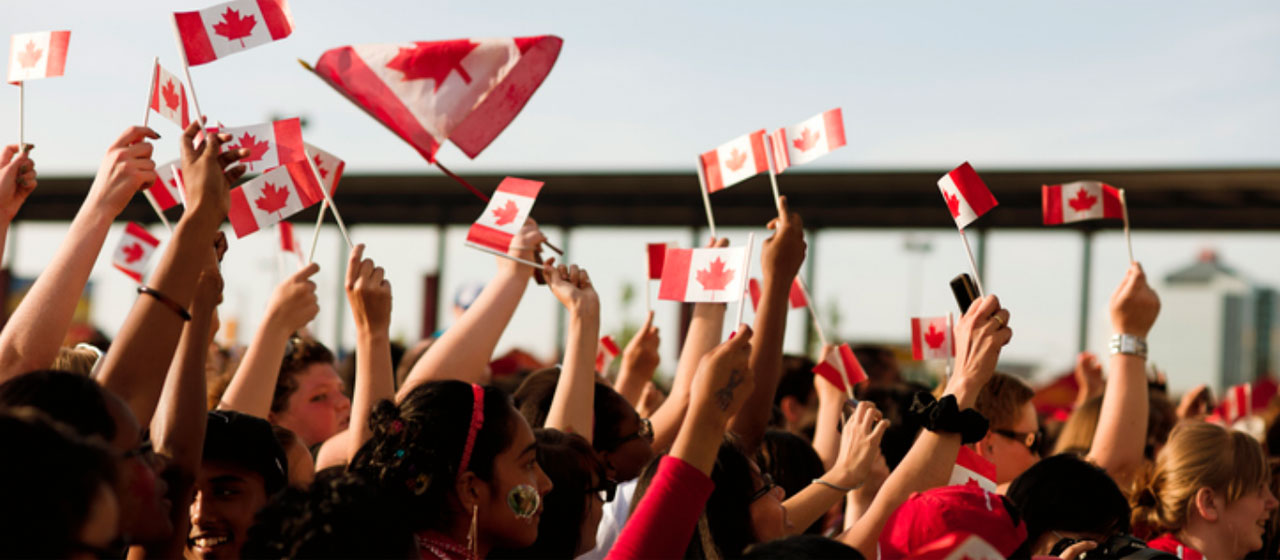Why do LGBTQ+ Immigrants Come to Canada?
 June is Pride month, when individuals and community groups across Canada celebrate advances made in the area of LGBTQ+ rights, as well as continue to fight for equity in areas where work remains to be done. This month, the public data page is shining a spotlight on some of the data surrounding LGBTQ+ immigration to Canada. Around the world, people are forced to leave their homes due to persecution based on their sexual orientation, gender identity or expression, sex characteristics or their HIV status. This is sometimes known as SOGIESC (sexual orientation, gender identity and expression, and sex characteristics) persecution. SOGIESC persecution can be based on real or perceived characteristics. It complicates legal matters like seeking asylum.
June is Pride month, when individuals and community groups across Canada celebrate advances made in the area of LGBTQ+ rights, as well as continue to fight for equity in areas where work remains to be done. This month, the public data page is shining a spotlight on some of the data surrounding LGBTQ+ immigration to Canada. Around the world, people are forced to leave their homes due to persecution based on their sexual orientation, gender identity or expression, sex characteristics or their HIV status. This is sometimes known as SOGIESC (sexual orientation, gender identity and expression, and sex characteristics) persecution. SOGIESC persecution can be based on real or perceived characteristics. It complicates legal matters like seeking asylum.
By the Numbers
 Nearly 70 countries criminalize consensual same-sex sexual acts. Six states impose the death penalty, and five additional states have the legal possibility of imposing it.
Nearly 70 countries criminalize consensual same-sex sexual acts. Six states impose the death penalty, and five additional states have the legal possibility of imposing it.- In 14 countries, trans and gender non-conforming people face legal discrimination.
- Over 80% of forcibly displaced LGBTQ+ people reside in neighboring countries with higher risks of experiencing recurring human rights violations throughout their entire displacement cycle. They may be compelled to flee multiple times in order to obtain protection. In neighboring countries, they may face continued criminalization and threats from local and refugee populations.
Rainbow Refugee Assists LGBTQ+ People with Immigration
 Between 2013 and 2015, 13% of all asylum decisions were based on sexual orientation; about 70% of these were accepted.
Between 2013 and 2015, 13% of all asylum decisions were based on sexual orientation; about 70% of these were accepted.- Through the IRCC-funded Rainbow Refugee Assistance Partnership (RRAP), Rainbow Refugee sponsors 60 LGBTQ+ refugees per year.
- There are an additional 150 extra spots available to sponsor LGBTQ+ refugees from Afghanistan.
We are grateful to Rainbow Refugee for providing many of the above current data and statistics.

